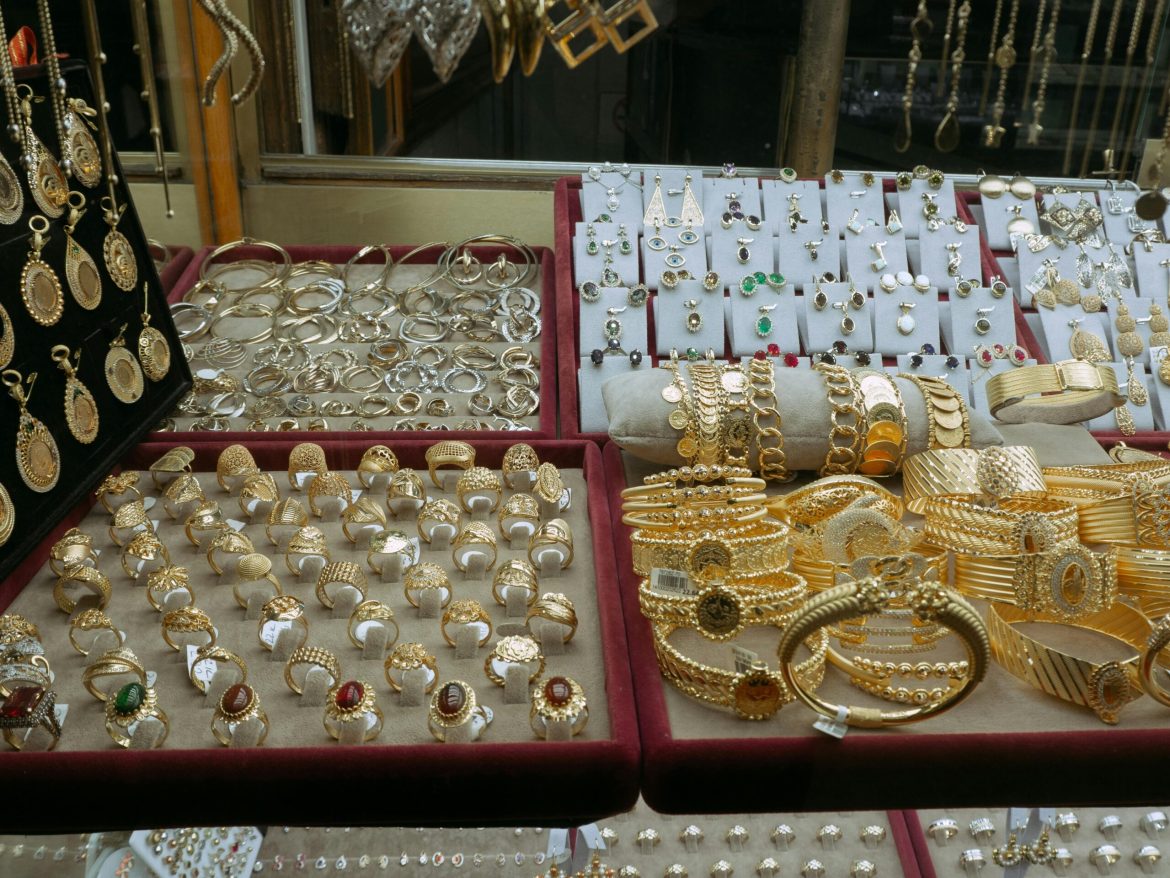The price of bullion, and to some extent silver, will likely continue to be supported by heightened global economic tensions, the risk of stagflation, a weaker dollar, and rising inflation expectations combined with falling US real yields, experts said.
Spot gold reached a new record high of $3,167 per ounce due to increased inflation risks, following the announcement of the steepest US trade barriers in over a century last week.
“However, surging volatility in response to collapsing stock markets turned the attention to capital preservation and deleveraging—a focus that hurt all leveraged positions, including those in silver, and not least bullion, which is often considered a safe haven during times of turmoil,” Ole Hansen, head of commodity strategy at Saxo Bank, said in a note.
Market turmoil affects bullion
The 16.5%, three-day drop in silver has been severe, compared to the orderly and expected correction in gold following its record high.
Approximately 50% of silver’s demand comes from industrial applications.
The collapse of the COMEX futures premium and concerns about economic growth caused most of the damage, according to Hansen.
The widespread commodity and financial market sell-off also impacted gold prices, which experienced a significant decline last week and on Monday.
Carsten Fritsch, commodity analyst at Commerzbank AG, said:
This may sound strange, but it has happened several times in periods of heightened risk aversion, as market participants have to sell gold positions to offset losses elsewhere, eg in equities.
ETF outflows weigh on the gold price
The price of gold has fallen by up to 5% since Friday, possibly due to the world’s largest gold ETF recording outflows of 9.4 tons in the last two trading days.
On Monday, the price had dropped below $3,000 per ounce for the first time in a month.
Meanwhile, silver prices had dropped by 7% on Friday and plummeted to a seven-year low on Monday at $28.3 per ounce on COMEX.
Since last Wednesday, the drop in silver has totalled a good 16%, meaning that the silver price has fallen almost as much as oil prices.
The gold/silver ratio has also jumped over 100 for the first time since the middle of 2020 during the COVID-19 pandemic.
“This shows once again that silver is not a safe haven in times of sharply rising risk aversion or increasing fears of recession, but behaves like a cyclical commodity,” Fritsch said.
Saxo Bank’s Hansen noted:
During periods like this, the overriding focus is on bringing down risk and staying liquid enough to meet any margin calls in loss-making positions.
Prices to rise again
“As the dust begins to settle following one of the worst three-day risk reduction periods in recent years, some demand for both gold and silver has emerged,” Hansen added.
Over the last couple of sessions, gold prices on COMEX have climbed back over $3,000 per ounce, and were trading at $3,067 per ounce at the time of writing.
Even though silver prices had not risen as prominently as gold this year, prices have climbed back above $30 per ounce on Wednesday.
Hansen believes that economic uncertainty, the risk of stagflation, and a weaker dollar make a case for bullion to rise again.
“Adding to this a market that is now aggressively positioning for the Fed to deliver more cuts this year—at current count almost 100 basis points of easing by year end,” Hansen said.
According to Commerzbank, too, the prospect of rate cuts in the US is expected to support bullion prices.
Price forecasts
Considering these developments, Saxo Bank has decided to maintain its gold forecast at $3,300 per ounce for this year.
However, due to the potential recession risk that could impact industrial demand for silver, and based on a gold-silver ratio of 88, Hansen said that the bank has lowered their silver target from above $40 per ounce to around $37.5 per ounce.
“Gold’s correction from a fresh record has once again been relatively shallow with several key levels of support yet to be challenged,” Hansen said.
The most important in our opinion being an area around USD 2,950 which apart from being the February top also represents a 0.382 Fibonacci retracement of the run-up from late December.
A rejection at this level would indicate a minor correction in a strong uptrend.
The post Analysis: Gold’s recent sell-off fails to shake supportive outlook, but silver remains vulnerable appeared first on Invezz

